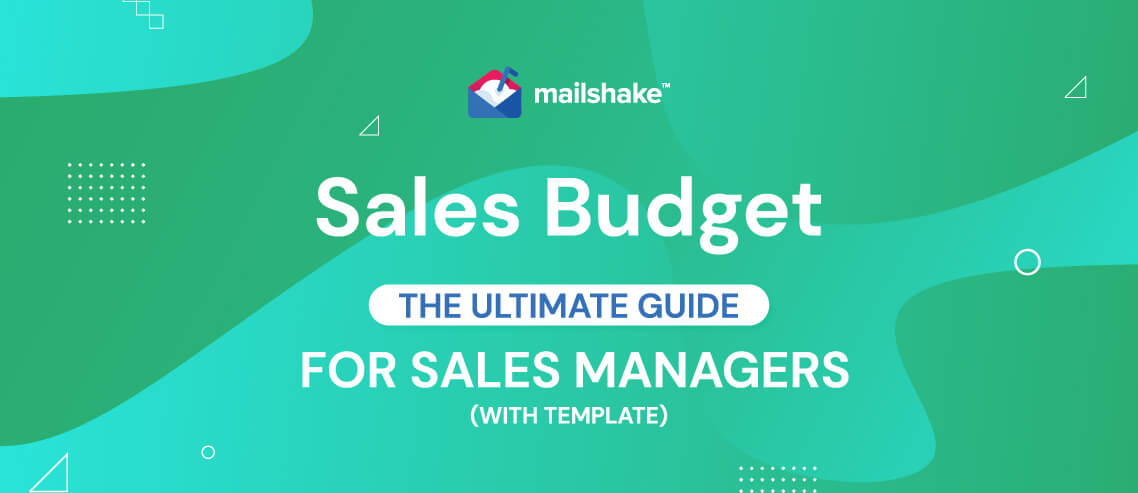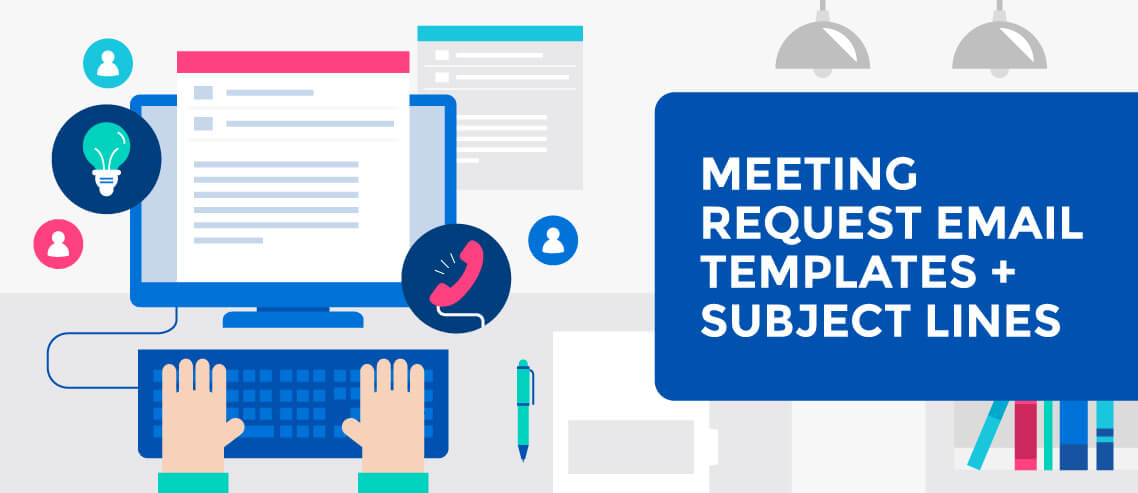How to Start a Cold Call

Contents
Cold calling gets a lot of bad press. We’re always hearing that it’s no longer an effective sales tactic, that it’s “dead.”
With all that negativity flying around, it’s easy to forget one simple – but extremely relevant – point: many buyers actively want you to call them.
That’s right. Three-fifths of C-level and VP buyers prefer to be contacted by phone. So do half of directors and managers. If you want to speak to key decision-makers, the phone is often the way to go.
Of course, cold calling requires patience. It’s never going to work 100% of the time. On average, only about one in every 100 cold calls will lead to you booking a meeting. But you can significantly improve your success rate by starting your calls the right way – not with a robotic, boilerplate sales pitch, but with a compelling opening that grabs your prospect’s attention and makes them want to find out more.
Here’s how to do it.
How Do Cold Calls Fit Into the Sales Journey?
When it comes to crafting the perfect cold call opener, you need to think about things from a buyer’s perspective.
We know that they often prefer to be contacted by phone. But what do they want to hear from you? What’s going to make them think, “This person really understands what I’m looking for”?
The RAIN Group Center for Sales Research surveyed close to 1,000 B2B buyers and sellers. They discovered two points that are highly relevant to cold callers:
- 71% of buyers want to be contacted when they’re looking for new ideas to drive stronger business results. These buyers are right at the start of the buying process and want you to capture their interest.
- 62% of buyers want to be contacted when they’re actively looking for a solution to a specific problem. These buyers will be expecting you to tailor your approach to the challenge they’re facing.
Sure, you probably won’t have a complete understanding of your prospect’s mindset – how could you? But with some intelligent research, you should be able to make an informed judgement. Are they expanding into a new territory? Launching a new product? Opening a new office? These are all events that can help you get into the prospect’s head and craft a tailored pitch before you’ve even spoken to them.
9 Tips for Heating Up Your Cold Call Intros
The days of strictly regimented cold calls and pushy salespeople are well and truly over. Even if your sales script was written by Quentin Tarantino, it won’t do the job on its own.
Instead, you need to make your cold calls a little … warmer. This requires a bespoke approach. Do your research. Know your prospect. Delight them by adding real value straight off the bat.
By now, it should be clear that I’m not just going to give you a list of generic sales lines to reel off on your next call. If that’s what you’re looking for, just Google it – there are tons of them out there. But trust me, they don’t work.
Instead, I’m going to give you the ingredients to create an attention-grabbing opener that’s laser-targeted to the needs of your prospect.
1. Research Like You’re Writing a Thesis
Get out of the “It’s a numbers game” mentality and start prioritizing quality over quantity. Find out a few key pieces of information before every call so it’s clear that you’ve done your homework and are actually interested in the person you’re speaking to. At a minimum, you should know:
- The size of the market they’re in and its future prospects
- Who their competitors are
- Their professional background – how long have they been in the role, what did they do before?
- What their job responsibilities entail
- Whether you have any mutual connections
- Their hobbies and interests
- Where they went to school
This seems like a lot of information, but most of it is either a) the same for many of the people you’re calling (market size, competitors, job responsibilities), or b) available on their LinkedIn/social media accounts. This information doesn’t need to take more than a few minutes to gather.
2. Perfect Your Opening 10 Seconds
Whoever your prospect is, chances are they’re busy. Don’t expect them to give you more than 10 seconds to prove that you’re worth listening to.
That doesn’t give you much to play with. The average person speaks at a rate of about 130 words per minute, so unless you want to try speaking like an auctioneer, you’ve got no more than about 20 words to make your case.
Your research should inform the content of those 20-or-so words. If you’ve got a close mutual connection, that could be your “in.” Or maybe you’ve delivered incredible results for a similar company in the past. Either way, focus on that one point, and build your hook around it.
3. Turn Those First 10 Seconds Into a 30-Second Elevator Pitch
If they haven’t made their excuses and hung up after your 10-second opener, congratulations! Now’s your chance to show that they made the right decision to keep listening.
It might sound counterintuitive, but your elevator pitch shouldn’t be too salesy. At this stage, you’re not trying to push your product or service on the prospect in question – you’re trying to book a meeting. Build your 30-second outline with this in mind.
4. Forget Your ABCs
The 1992 movie Glengarry Glen Ross brought the phrase “Always Be Closing” to the public consciousness.
This pushy approach might have worked 30 years ago, but buyers are far better informed today. If all they wanted was a list of USPs about your product, they’d just Google it. Rather than “Always Be Closing,” your manta should be “Always Be Helping.”
Now, it’s all about building a relationship, showcasing your expertise, and adding real value to your prospect. No wonder, then, that the average salesperson now spends just a third of their time actually selling.

5. Pull the Trigger
Trigger events are an invaluable hook for your cold calls. I’m talking about things like:
- Product launches
- Office openings
- Award nominations / wins
- Staff changes (high-profile new hires or departures, big recruitment drives)
- Financial results publications
- Media appearances (have they been covered by a newspaper? Been interviewed on TV?)
Hanging your cold call on a real-world event makes it clear that you’re not just calling to randomly pitch your services. It gets things off to a more natural start, and allows you to reference your expertise and insight in the context of a broader business conversation.
6. Win Yourself a Mini-Invitation
What clearer way to show that you’re not a pushy salesperson than by respecting your prospect’s time and asking them for permission to speak to them?
By asking for a minute of their time to explain the reason for your call, you can spark interest. Critically, you’re not forcing the conversation – you’re being invited to continue it. It’s a great way to turn your sales monologue into a genuine dialogue.
7. Get Your Rebuttals in First
Hopefully, your research will have helped you to anticipate some of your prospect’s likely objections. Prepare your responses in advance so that those objections can be handled – and the conversation continued – rather than allowing the call to come to an abrupt conclusion.
While you can’t predict everything, common objections tend to be along the following lines:
- “I don’t have the budget right now.”
- “I don’t have the time right now.”
- “I’m just not interested.”
- “I’m not available for a meeting – can you send me some literature instead?”
With a little prep, each of these statements can be transformed into further opportunities to display your expertise and book that all-important meeting.
8. Don’t Try to Sell Them Anything
When we hear anything that sounds like “sales speak,” we go on the defensive. Our shields are up.
Overcome this challenge by making it clear from the outset that you’re not selling anything at all. Instead, make information the whole purpose of your call. Maybe you want to find out who has responsibility for purchasing a certain type of product. That way, when you speak to the person in question, you can say “so-and-so recommended that I speak to you.” That’s your way in.
9. Call at the Right Time
When it comes to timing your calls, it’s best to use a little common sense. Hopefully, your initial research will tell you if there’s a regular day – say, the first Monday of every month – when your prospect is unavailable.
Beyond that, research suggests that Wednesday is the best day to make a call, and that late in the day – between 4 p.m. and 5 p.m. – is the best time to call.

Conclusion: Bespoke is Best
If you take away just one thing from this article, let it be this: never go into a cold call unprepared.
Research as if your life depends on it. Spend time unearthing those key nuggets of information that’ll catch your prospect’s attention, and I guarantee you’ll see much better results than if you keep endlessly hammering the same old tired sales script.
Got your own tips on starting a cold call? Perhaps you’ve crafted the perfect opening line, or a hook that’s too tempting to ignore? Let me know in the comments below:





